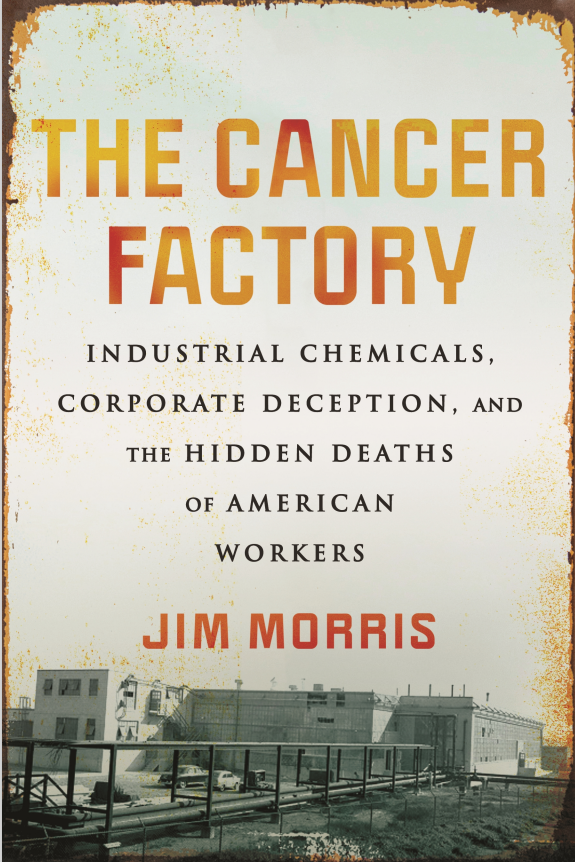New book sheds light on decades long incidents of occupational disease

Journalist Jim Morris has been covering occupational health and safety for more than 40 years in the United States. “We've done a really lousy job in the United States of protecting our blue-collar workers from health and safety threats. And that continues to this day,” says Morris, who is the executive director of the non-profit news organization Public Health Watch.
His latest exposé explores the dark secrets behind Goodyear Tire and its chemical plant in Niagara Falls, New York, just on the other side of the border. Morris says when he first began investigating cases of bladder cancer connected to the plant, he didn’t intend to write a book, but after ten years of digging into the topic, he’s set to release a piece of work that shakes the very foundations of corporate responsibility and workers' health.
‘The Cancer Factory: Industrial Chemicals, Corporate Deception, and the Hidden Deaths of American Workers' hits shelves this month and explores dozens of cases of bladder cancer among Goodyear Tire workers. The company has three manufacturing facilities in Canada. One is in Napanee, Ontario, another in Medicine Hat, Alberta, and one in Valleyfield, Quebec.

The Niagara Falls tragedy
"The book I think has 78 mentioned cases of bladder cancer, but I was told by a retiree just the other day it's in the 80s now," explains Morris. The cases first started popping up in the 1970’s and continued well into the late 1990s.
What makes this tragedy even more appalling is that the cause of the cancer was no mystery. A specific chemical, ortho-toluidine, used in an antioxidant for tires, was the culprit. Shockingly, studies dating back to the mid-20th century had already shown the carcinogenic effects of this chemical, yet it continued to be used.
The company monitored the air for traces of the chemical and the levels were far below the acceptable exposure limits. But Morris says the workers weren’t breathing it in. "The exposures were primarily through skin absorption," he explains. Workers were unknowingly absorbing this hazardous chemical through their skin while working in T-shirts.
Corporate blame game
A significant aspect of Morris's investigation delves into the blame game between Goodyear and DuPont, the chemical's primary supplier. Each party points fingers at the other, arguing over who should shoulder the responsibility for the devastating health impacts on workers.
Goodyear alleges that DuPont failed to inform them about the chemical's carcinogenic properties, while DuPont insists they did provide warnings, but Goodyear did not take adequate precautions.
The workers were not allowed to sue Goodyear Tire, but many of them did sue DuPont and all the cases were settled out of court.
Lessons for health and safety professionals
For health and safety professionals, Morris's book serves as a stark reminder of the importance of persistence and trust in one's instincts. The Goodyear case was uncovered primarily due to the unwavering commitment of the Oil, Chemical, and Atomic Workers Union, supported by a dedicated physician.
"If you're a health and safety professional, trust your instinct, and don't let the company dissuade you," Morris advises. The story underscores the value of government intervention and peer-reviewed studies in revealing hidden health crises within workplaces.
Morris's book offers a chilling account of alleged corporate negligence, emphasizing the need for continuous vigilance to protect workers' health and safety. It is a wakeup call for professionals in the field, urging them to remain steadfast in their pursuit of a safer working environment for all.





